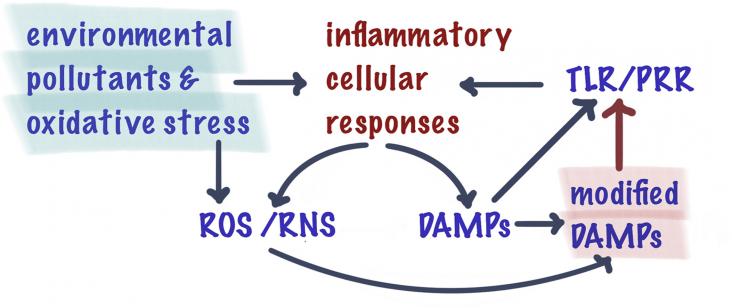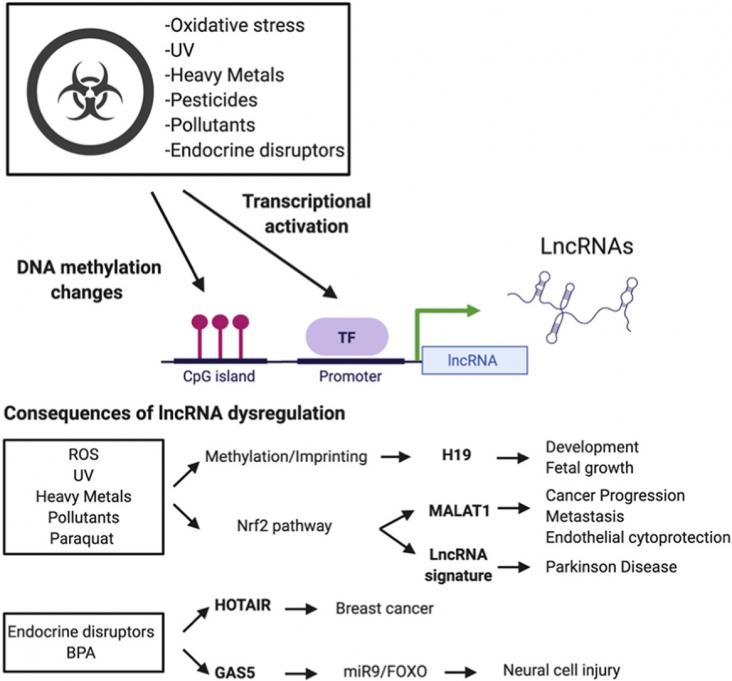This book chapter advances SDGs 3 and 17 by reviewing behavioral interventions and strategies for spoken communication for people with dementia and their communication partners.
This book chapter advances SDGs 3 and 17 by reviewing research on a range of rehabilitation programmes aiming to improve the functional independence of people with dementia, such as specialist-led or multimodal rehabilitation, cognitive rehabilitation, function-focused care, and reablement.
Objective: To examine the psychological distress and the associated predictor factors of the 2019 corona-virus disease (COVID-19) on survivors in the early convalescence in Shenzhen.
Background: There are growing numbers of adults aging with long-term mobility disabilities.

Due to advances in the early detection of Alzheimer's disease (AD) biomarkers including beta-amyloid (Aβ), neuropsychological measures that are sensitive to concurrent, subtle changes in cognition are
Background: Approximately 2·8 billion people are exposed to household air pollution from cooking with polluting fuels.
Background: Achieving universal health coverage (UHC) involves all people receiving the health services they need, of high quality, without experiencing financial hardship.

Environmental pollutants like fine particulate matter can cause adverse health effects through oxidative stress and inflammation.

Environmental risk factors, including physicochemical agents, noise and mental stress, have a considerable impact on human health.
